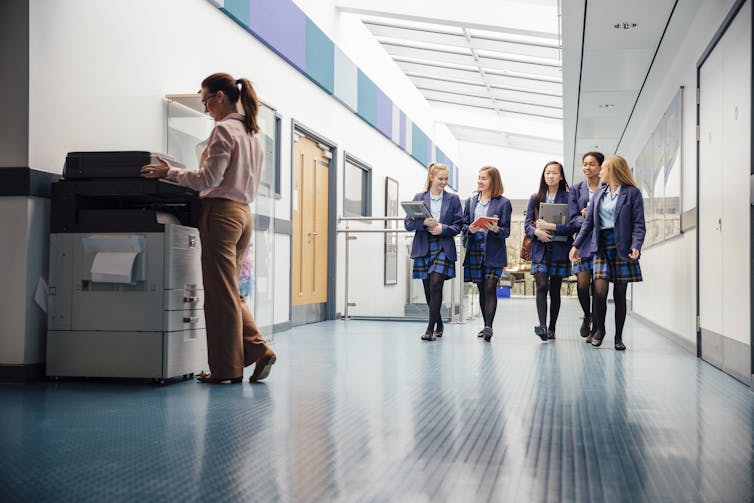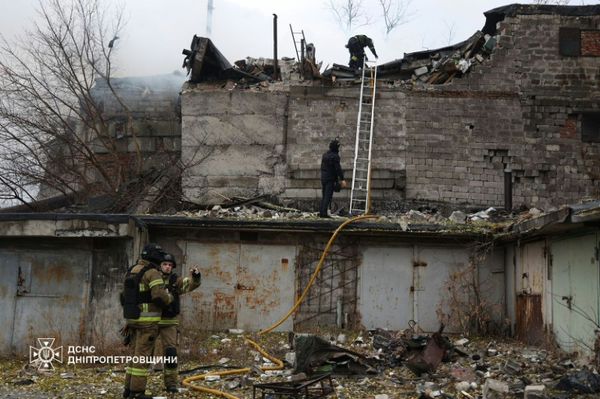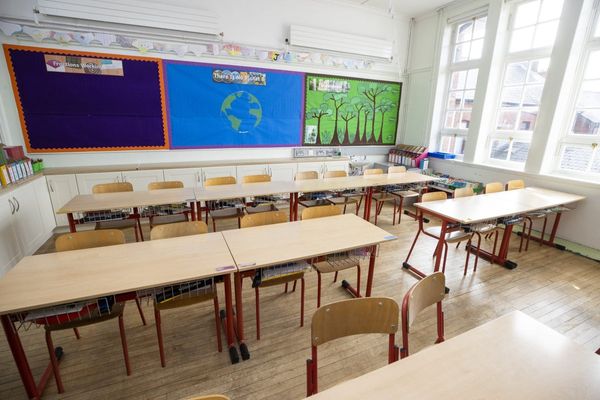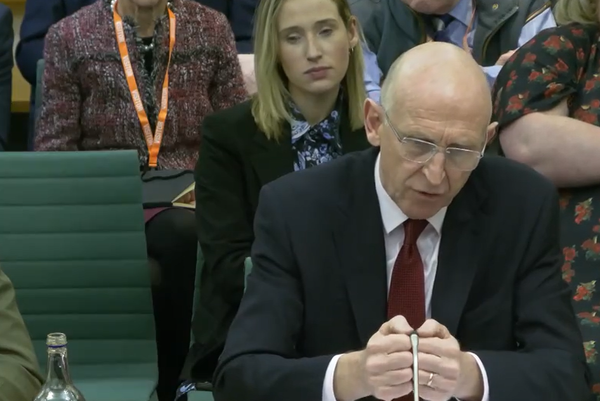If parents have a choice, the decision about where to send a child to school and what will be best for them can be a really difficult one.
One question that comes up frequently in media reporting is whether single-sex or co-ed schools are better for students. There is ongoing debate about this for both private and public schools.
There has been community outcry over some schools’ plans to go co-ed. So it may surprise parents to know this isn’t a key question for many education researchers.
As someone who studies gender, social justice and schools, there are other questions I consider to be more important, such as: does a school give students equal opportunities for education and future life success? And how do we make sure all our schools do this?
What does the research say?
Single-sex vs co-ed debates have been going for decades. Which creates better outcomes? Is co-ed better for boys? Is single-sex more suitable for girls?
But decades of research into the topic is inconclusive.
What we can say is that the biggest predictors of a student’s academic success are socio-economic status, whether they live in a rural or remote area, and whether they are Indigenous.
There is also a widespread view it’s good for boys to be with girls, but better for girls to be on their own. But again, there is little comprehensive research evidence to support this premise.
These debates are also dominated by a belief that girls and boys learn differently. There is no strong basis for this in educational research.
A different question
Looking only at gender differences between boys and girls at school can mean we ignore other important factors that impact on students’ educational success such as social class, race, school location and funding.
This is why, instead of getting stuck in old debates about single-sex vs co-ed schools, we should be asking more important questions:
do schools support all students?
do they create an environment that gives every student a fair chance to succeed?
US philosopher Nancy Fraser has a helpful framework for us to think about these questions. Her framework provides guidance about what schools and schooling systems should focus on to provide a fair and quality education.
This includes three elements: economic, cultural and political justice. These elements support not only students’ academic and social learning but also their physical, social and emotional wellbeing.

What about funding?
Economic justice is about fair access to resources. In Australia, reforms like the Gonski model aim to do this by focusing on student needs, such as location, Indigenous background, disability and language support. The idea is schools in needier areas should get more government funding and support.
However, there’s still a long way to go for funding equity. Public schools that serve the most disadvantaged students remain underfunded compared to private schools, which receive substantial government support.
This funding gap limits students’ access to the resources, safe spaces and support they need to thrive.
Respecting all backgrounds
But money alone isn’t enough. Schools need to respect and value the different backgrounds and experiences students have.
In Australia, with its rich multicultural makeup, it’s important schools focus on cultural justice by recognising and challenging discrimination based on gender, sexuality, race, ethnicity, religious background and ability.
They can do this by, for example, including Indigenous perspectives across the curriculum, teaching gender respect in relationships and setting up classrooms where cultural differences are valued. This helps create a welcoming and supportive school environment for everyone.
This is not about reducing identities to stereotypes. It is about supporting a deep understanding of different cultures that goes beyond labels and addresses the issues that keep certain groups marginalised.
Read more: Australian schools need to address racism. Here are 4 ways they can do this
Are all voices heard?
Schools also need to foster political justice. Good schools provide opportunities for all voices — especially those from marginalised communities — to be heard and be part of decision-making.
This is something that can easily be obscured in debates about single sex or co-ed schools being better for one gender. For example, while single-sex schools may try to address gender-specific needs, they often reinforce stereotypes and can exclude non-binary and transgender students.
Schools can foster political justice by creating ways for all students, families, and communities to have a real say in policies and practices.
Inclusive decision-making helps students, families, and the school community feel connected and valued.

What can you look for in a school?
Parents interested in whether a school is working to give all its students opportunities to succeed, could ask questions such as:
how does the school allocate resources to support disadvantaged students and ensure equal access to facilities and opportunities?
does the curriculum include diverse perspectives, celebrate cultural differences, and address issues like racism, sexism, and ableism?
are teachers trained to respond to diverse student needs?
how does the school ensure students, families and communities have a voice in decision-making?
finally, does the school’s staff reflect the diversity of its student body and if not, are there steps to rectify this?
Amanda Keddie receives funding from the Australian Research Council
This article was originally published on The Conversation. Read the original article.







